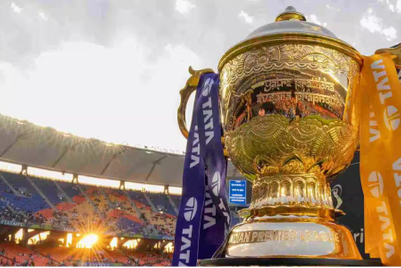
Is your funnel top-heavy, bottom-heavy or perfectly proportioned? This question has come to dominate budget discussions, almost more than raw value for money.
And there is a good reason for our funnel fixation. There has always been a balance between top-of-funnel brand building and bottom-of-funnel trading. However, the tech-driven delta between the two has widened dramatically over recent years. Nowadays, if you get the balance wrong you could be wasting millions (or worse, you may actively be damaging your brand). Get it right and you have successfully mastered the most complex and intermeshed media matrix that has ever confronted the marketing community.
The upside of this new complexity is the prospect of unprecedented levels of ROI for those marketers canny enough to avoid its various pitfalls. That's because we live in a world that has long superseded Marshall McLuhan's dictum of the medium being the message. Now, the medium isn't simply the message, it can also be the sale.
This is what makes funnel optimisation so critical and so lucrative. People can see your ad, respond to it and transact from it all at the same time, on the same screen in the same controlled ecosystem. And this transactional element is by no means limited to digital or streamed services and products.
With the right media mix you can sell out of an analogue product from an analogue location in minutes without customers moving more than their index finger. Fashion houses have been harnessing this dynamic for years through pre-sales and fashion drops. And these are simply a microcosm of the wider e-commerce system. The medium is becoming far more than the message. The medium is becoming the market.
This marketisation of media has inevitably prompted a gold rush in “performance marketing”. I use inverted commas because not all performance marketing quite deserves to be described as such (for more details see my Campaign column, February 2020).
But the gold rush has happened all the same because of the apparent accountability of bottom-of-the-funnel media. This impression of accountability has been fortified by the fact that “performance” media is inherently measurement-friendly. In contrast to slightly woolly terms like brand imagery, affinity, consideration and attractiveness, there is something more scientific in the language of click-through and conversion rates, content scoring, re-versionability, hyper targeting, test and learn, programmatic, unique users etc etc.
All this can lead to pressure for the funnel to become inverted. For money to drop from the top to the bottom, from the long term to the short term, from strategy to tactics. Any brand that aims to be universally admired succeeds in resisting this pressure. That's because it's always best to be bought, not sold. The most valuable marketing investment creates a predisposition towards your brand. It creates lasting preference and affinity, paying off in the long term rather than in short-lived sales blips that can mask an underlying erosion of equity.
Of course, there will always be a need to invest in hard-working performance and trade marketing. Inventory will always need shifting. Price (although only one third of the value equation) will need promoting. At given moments, the investment may even exceed 50% of budget and the funnel will be inverted. We are coming up to one such moment in the Black Friday discount derby. But for most of the year, in most categories, the balance should lean in favour of long-term brand building, where the funnel goes from wide to narrow.
I'm conscious that, in making this case, it may seem like I have an axe to grind in favour of big brand budgets. I don't. My argument is purely commercial. There is plenty of econometric evidence to suggest that (in most categories) performance marketing budgets should hover somewhere between 25-45% of total investment, and that anything more will show diminishing returns. But inefficiency is only part of the risk. The far greater risk is that the viability of your brand is compromised. That the magic balance between being bought and being sold is fractured. That continuous budget trade-offs result in having no brand off which to trade.
Charles Vallance is chairman and founding partner at VCCP.



.jpg&h=334&w=500&q=100&v=20250320&c=1)


.jpg&h=334&w=500&q=100&v=20250320&c=1)
+(1).jpg&h=334&w=500&q=100&v=20250320&c=1)


.jpg&h=334&w=500&q=100&v=20250320&c=1)

.jpg&h=334&w=500&q=100&v=20250320&c=1)

.jpg&h=268&w=401&q=100&v=20250320&c=1)





